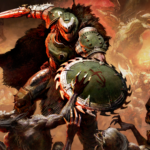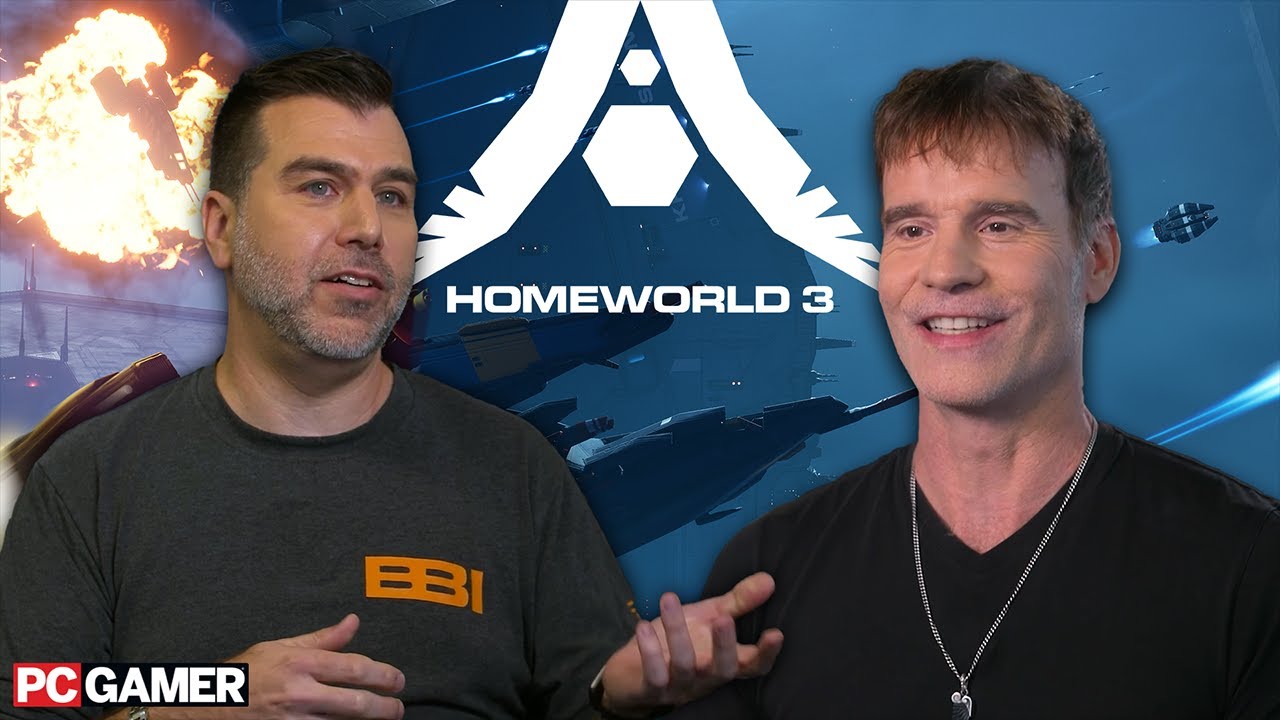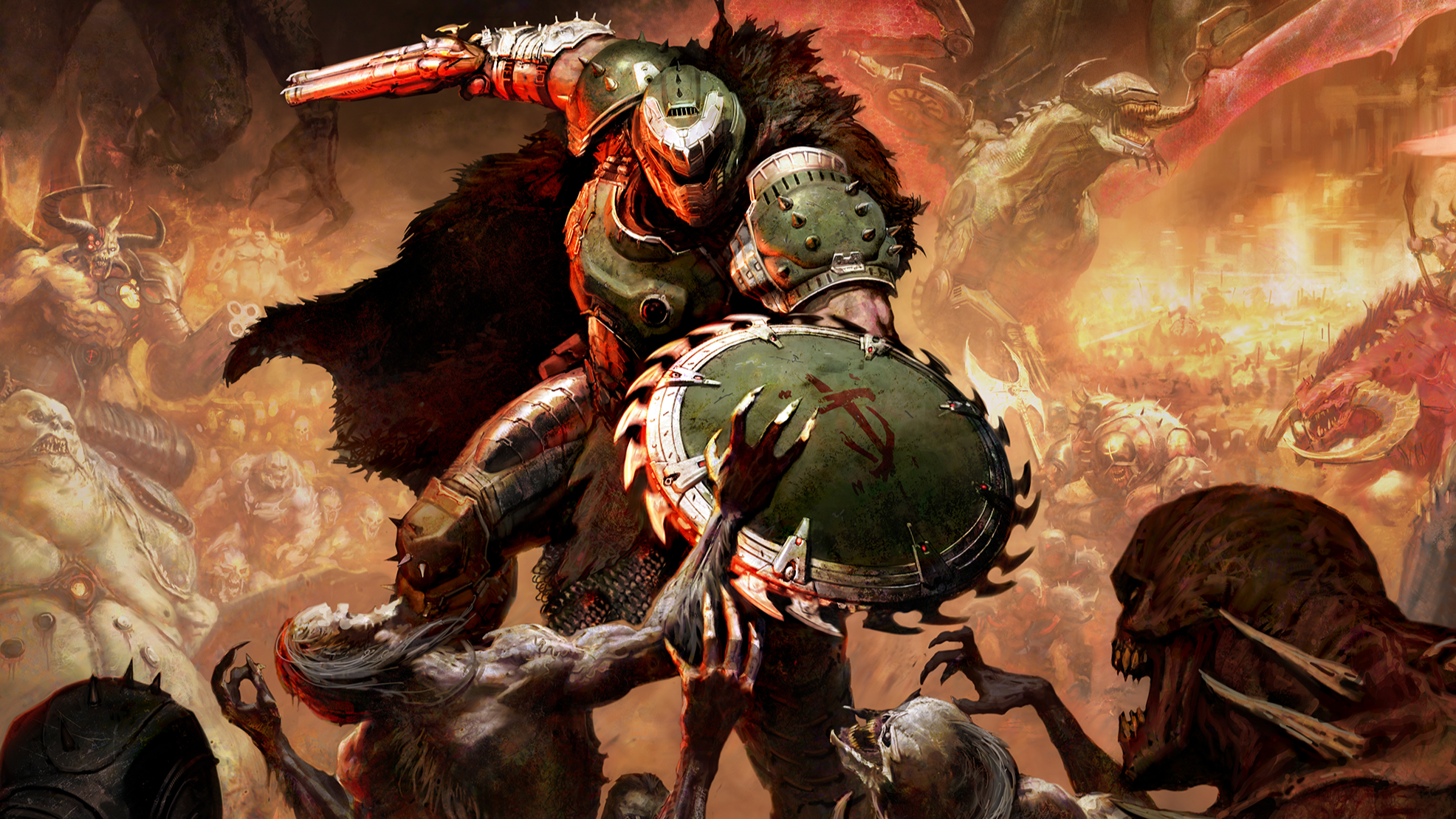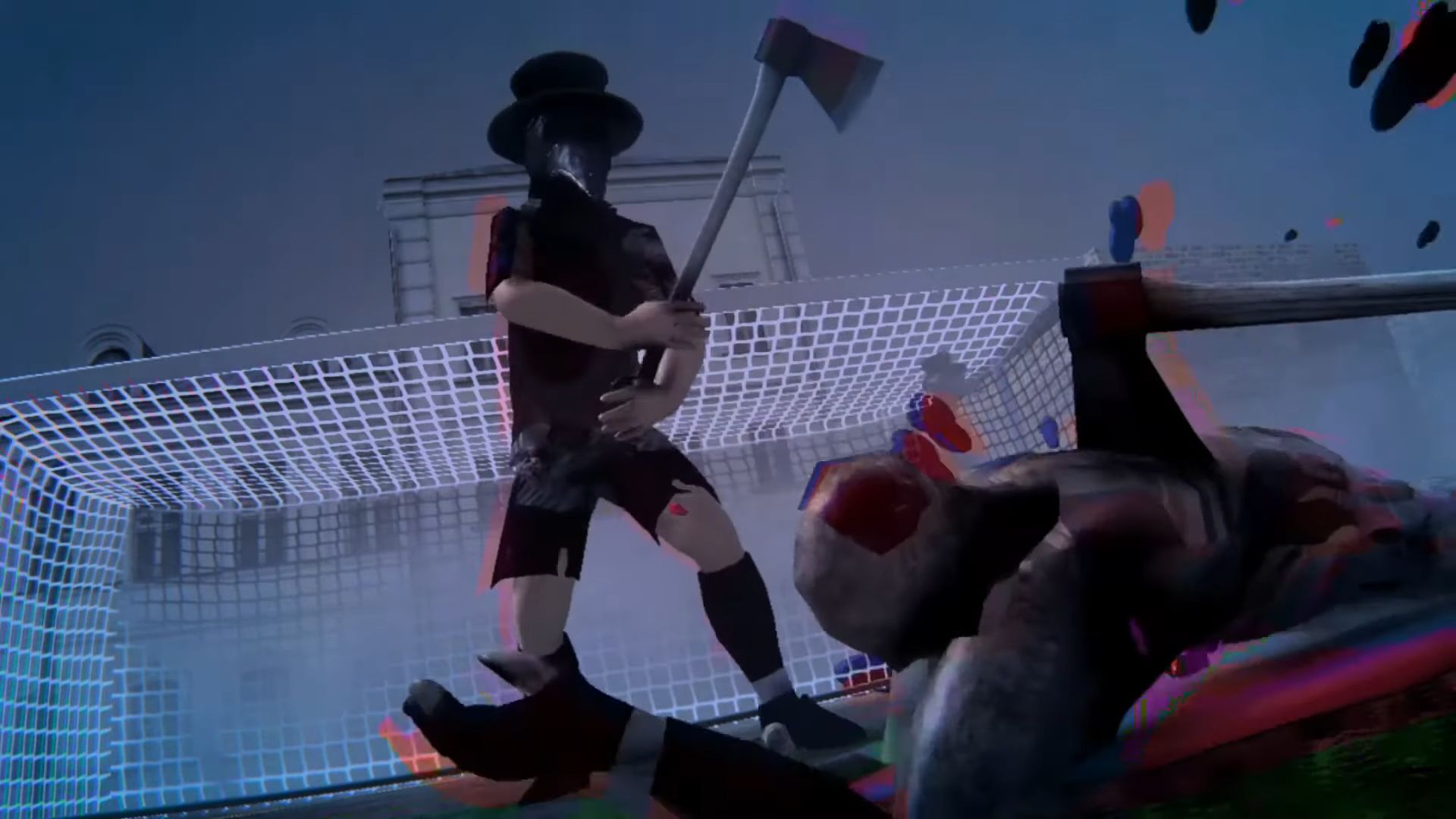Homeworld 3 is the third instalment of the Homeworld series, a space strategy game whose last instalment came out in 2003. It received a remaster in 2015, which we gave a 92 in our Homeworld Remastered Review—a worthy remake of “one of the most challenging and evocative strategy series ever made.”
Homeworld 3 was voted the #8 Most Wanted game in PC Gaming Show: Most Wanted by our panel of industry experts and critics, and PC Gamer travelled to Vancouver to film an extended interview with the team bringing the series back to life. It’s being developed by Blackbird Interactive (a newer team with many of the same developers from the original Homeworld games) and published by Gearbox. One returning developer is Rob Cunningham, the studio’s CEO and co-founder.
“In essence Homeworld 3 was really our original dream of Homeworld 2. The problem was, in the late ’90s / early 2000s, the vision for Homeworld 3 was utterly impossible to make.” Homeworld aims—both in 2003 and 2023—to provide deep-space strategy goodness and marry it with an XCOM-like attachment to your units, weaponizing atmosphere to get the job done.
Both the game’s director Lance Mueller and Cunningham himself talk about the new vistas they’re able to achieve in the modern day. “We’re thinking: ‘what are some of the coolest spectacles in the universe?’ … massive battles in asteroid fields, massive environments with these giant megaliths … we had to wait 20 years before we could do that.”
Those structures aren’t just set dressing, says Cunningham—they’ll form a big part of your strategy. “We wanted chokepoints, we wanted interesting strategic decision-making for the player … unit filtration where the small ships could get through gaps.” Mueller concurs: “Terrain will actually matter … we have tunnels where you can actually take your fighters and frigates [which] will actually remove you from the enemy sensors so you can ambush them.”
One reason for our interest in Homeworld 3 is the perhaps surprising fidelity underneath the hood. Every bullet’s simulated, Mueller says, so “you can actually use a larger ship to take fire for another ship”, which sounds both metal as hell and also potentially more gut-wrenching than we’re used to in RTSes, considering the team’s emphasis on and attachment to your units. “One of the biggest challenges is to get people to feel something for these ships … we always felt that the ships were the characters in the game,” says Cunningham, and it seems like the team’s leveraged modern technologies to do just that.
Technical art director Demetrius Apostolopoulos says the team wanted to “give that sense that the ship is not just a piece of hollow metal” by exposing its guts when it takes damage, but also by building a weapon scarring system that leaves permanent marks on the ship’s hull. Mueller promises this persistence: “Each weapon type has a specific weapon scarring-capable element on a ship … you’ll see the history of battles as you go through the whole campaign.”
Sound design also forms a huge part of the equation. “We try to humanise these little metal boxes, and make it interesting for players to just follow them around,” says Dave Renn. Homeworld 3’s units will come with their own names and little snippets of lore for their pilots, as well as contextual dialogue far beyond just ‘my shields are hit!’ or the like, Renn mentions that they’ll comment on terrain features and nebulas scrambling their scanners, too.
On the whole, this really does seem like a team of devs taking a second shot at a game they love, with the technological training wheels blasted clean off. In contrast to something like Baldur’s Gate 3—made by a a studio that grew massively over the course of its development—Homeworld 3 is being built by people with a lot of experience together, not just in the game’s genre, but in the legacy of the series they’re continuing. Homeworld 3 can be pre-ordered on Steam right now, and it’s scheduled for release in March 2024.











